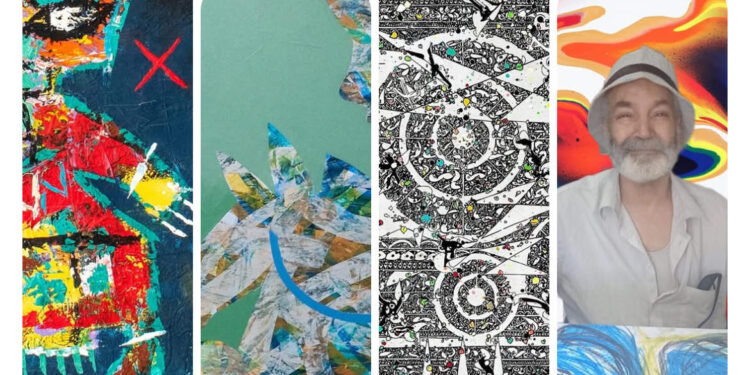Tunisian painter Hamadi Ben Saad died Friday July 25 at the age of 77, anniversary of the proclamation of the Republic. His disappearance marks the loss of a committed artist, little publicized but deeply respected in Tunisian cultural circles.
Self -taught, he was first a teacher before devoting himself fully to art and aesthetic education. Convinced that sensitivity is resting from childhood, he hosted painting clubs for the youngest for several decades, defending the idea of a formative art, anchored in daily life.
Born in 1948 in Tunis, Hamadi Ben Saad developed a personal work, far from the dominant trends, both expressive and rooted. He spent three years at the Cité Internationale des Arts de Paris, where he discovered the great currents of abstraction and refines his plastic language. This stay marks a turning point in its trajectory, strengthening its artistic opening without removing it from its identity landmarks.
He participated in several major collective exhibitions, notably within the Tunis school, while presenting his works in France, Italy, Switzerland or Denmark. His style, characterized by an emotional density and a sober palette, was greeted by criticism as a significant contribution to contemporary Tunisian painting.
His death comes a few months after that of his friend and collected Lamine Sassi, with whom he shared the same discretion and the same attachment to a humanist vision of art.
The Ministry of Cultural Affairs and the Union of visual artists paid tribute to it, welcoming a “pillar of plastic art” and a “beauty smuggler”.
Hamadi Ben Saad leaves behind a sincere, demanding and too little valued work. Today she deserves to be reread in the light of her commitment: that of an artist for whom painting was under an act of transmission, more than a quest for recognition.








